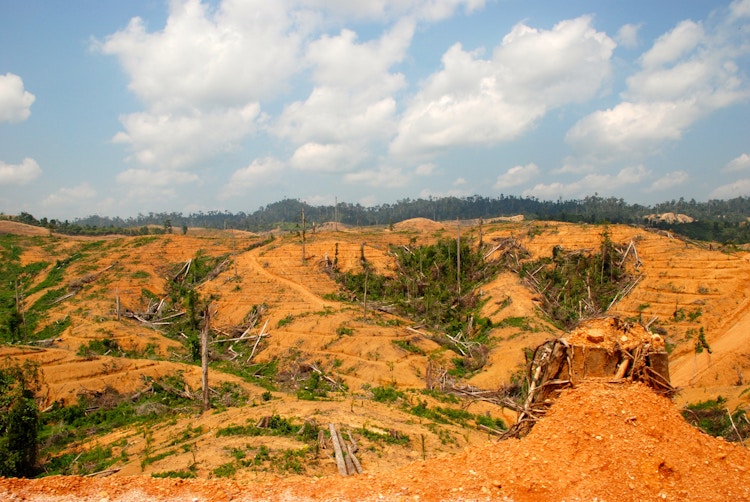
In the Driver’s Seat of Deforestation: Benchmarking the Auto Sector
As part of our commitment to ending commercially driven deforestation, Rainforest Foundation Norway benchmarks the automotive sector on leather and mineral supply chains.
Cattle ranching is the leading driver of Amazon deforestation, while minerals for electric vehicles (EVs) are emerging as a global risk.
How do the major car and battery makers measure up?

CATTLE: Cattle grazing on deforested land in the Brazilian Amazon. Photo: Victor Moriyama/Rainforest Foundation Norway
Leather
The automotive industry is a major consumer of bovine leather globally, with car interiors driving significant demand.
Bovine leather comes from cattle, the single biggest driver of tropical deforestation, particularly in the Amazon.
Leather supply chains are frequently exposed to environmental and land conflict risks, often lacking full transparency or traceability. Cattle often move between farms from birth to slaughter. Without full traceability, it’s not possible to monitor whether cattle have grazed on illegally or forcefully deforested land.
Deforestation-free leather sourcing is a critical step for car manufacturers and their suppliers to reduce environmental impact and uphold human rights.

NICKEL: Nickel mine on the Indonesian island of Halmahera. Photo: Forest Watch Indonesia
Minerals
Critical minerals needed for electric vehicle (EV) batteries are often found in rainforest countries such as the Democratic Republic of Congo (DRC), Indonesia, Brazil, Papua New Guinea, Peru, and Colombia.
Demand for these minerals has surged in recent years, contributing to deforestation in forested regions of these countries.
Many mining concessions overlap with Indigenous Peoples' territories and areas vital to the livelihoods of traditional and local communities, posing significant social and cultural threats.

PLANTATION: Rainforest cleared for plantations in Indonesia. Photo: Forest Heroes
Rubber
Rubber is a key raw material for vehicle tires, with over 70% of natural rubber produced globally used by the tire industry, primarily for manufacturing tires for cars, trucks, and motorcycles.
To meet growing demand, rainforests in Southeast Asia, West Africa, and parts of Latin America are being cleared for monoculture rubber plantations, causing significant environmental harm, particularly deforestation of tropical rainforests.
Rubber cultivation may also overlap with Indigenous and local communities’ lands, posing threats to traditional livelihoods and land rights.

Protecting forests is not optional. The automotive industry has the power and the obligation to ensure its supply chains do not drive deforestation or harm local communities.
Ingrid Tungen, Head of the Deforestation-free Markets team, Rainforest Foundation Norway
Other relevant publications from Rainforest Foundation Norway

Driving change, not deforestation
This study examines the deforestation impact of increased demand for electric vehicles up to 2050.
Download the report

Hide on the Highway
The report maps the supply chain of Brazilian leather and its connection to end products in the EU. It reveals potential non-compliance with the EUDR, lack of transparency and difficulties in tracing the origin of the leather imported into the EU.

Short circuits
The report examines the due diligence policies and practices of key players in the electric vehicle (EV) industry on deforestation, biodiversity and Indigenous rights. The report found a disturbing lack of commitments on deforestation in mineral supply chains across EV battery producers and automakers alike and identified ‘broken links’ between automakers' and battery manufacturers' policies.
Download the report
For more information, contact:

José de Melo
Senior Supply Chain Adviser Cattle, Deforestation-free Markets
(+47) 406 15 292
jose@rainforest.no

Abhimanyu Manimaran
Special Adviser, Corporate Engagement Lead, Deforestation-free Markets
(+47) 405 61 953
abhi@rainforest.no
Top photo of car on road: Shutterstock
